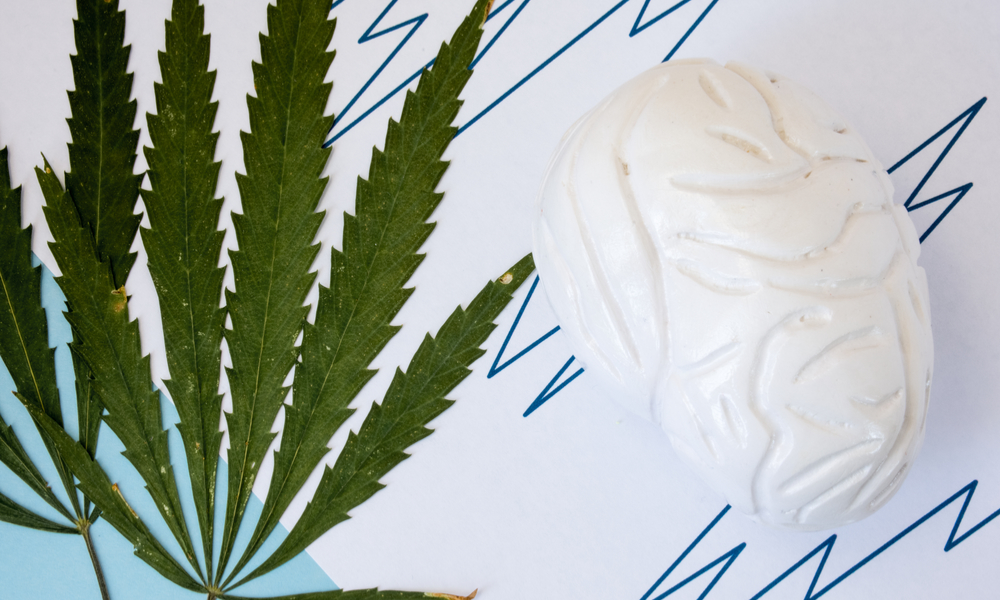What Is CBDV (Cannabidivarin) And What Does It Do?
The post What Is CBDV (Cannabidivarin) And What Does It Do? appeared first on High Times.
Cannabidivarin or CBDV is a non-psychoactive cannabinoid similar to cannabidiol (CBD) in structure. Neither one will get you high, they’re more medicinal. Lawmakers have historically used the psychoactive effects of weed as an excuse to keep it illegal. As a result, the laws have limited public access and therapeutic research on non-psychoactive cannabinoids. Fortunately, we’re discovering more and more cannabinoids that are non-psychoactive and still have the healing properties of cannabis. Despite the limitations on research, a few studies have pointed to cannabidivarin’s anticonvulsive and nausea relieving properties.
What Is Cannabidivarin?
Cannabidivarin is a homolog of CBD, meaning they have a similar structure. In fact, like CBD, cannabidivarin has 7 double bond isomers and 30 stereoisomers. There is a side-chain shortened by two methylene bridges.
Another similarity cannabidivarin shares with CBD is the fact they’re both non-psychoactive. Thus, patients with anxiety that are sensitive to high levels of THC can still enjoy some of the benefits without the panic-inducing high.
It’s not common to find cannabidivarin in strains you would come across at a dispensary. Strains with higher levels of CBD tend to be higher in CBDV as well. Most strains today are bred to have high levels of THC and terpenes.
Plants with higher levels of cannabidivarin are turning up in landrace cannabis Indica strains in northwest India, Pakistan and Mexico.
Therapeutic Uses Of Cannabidivarin

There isn’t an abundance of research on cannabidivarin out there. However, scientists are conducting studies on the cannabinoid’s anticonvulsant abilities. CBDV has been able to treat nausea and seizures from debilitating conditions like epilepsy according to multiple studies. There is also evidence of its ability to relieve nausea.
A study from 2013 found CBDV “significantly decreased PTZ-induced seizure severity and increased latency to the first sign of seizure.”
The authors concluded that “these results provide the first molecular confirmation of behaviourally observed effects of the non-psychoactive, anticonvulsant cannabinoid, CBDV, upon chemically-induced seizures and serve to underscore its suitability for clinical development.”
In 2014, a team of Italian researchers studied the effects of both CBD and THC on rats with induced epilepsy symptoms. They found that both non-psychoactive cannabinoids interacted with the transient receptor TRPV1. TRPV1 is responsible for detecting and regulating body temperatures as well as producing pain sensations.
The anticonvulsive medication Capsaicin targets TRP channels to combat the gradual process by which a normal brain develops epilepsy (epileptogenesis). The Italian research team found CBDV and Capsaicin dephosphorylated TRPV1. They propose studying CBDV’s effects on TRP channels further to fully understand the cannabinoid’s anticonvulsive abilities.
The study noted CBDV reduced the length and strength of simulated epileptic seizures in rat brains.
A 2013 study published in the British Journal of Pharmacology evaluated the potential of CBDV and THCV to produce CB1 receptor inverse agonism symptoms of nausea in rats.
The authors concluded that THCV and CBDV “may have therapeutic potential in reducing nausea.”
Final Hit: What Is CBDV?
Scientists have identified over 100 cannabinoids, including cannabidivarin. It has the ability to interact with pain receptors like other cannabinoids and so far research has illustrated both anticonvulsive and nausea relieving effects. GW Pharmaceuticals are actively developing CBDV products for research in clinical trials. GW Pharmaceuticals is currently in phase 2 trial for treating adult epilepsy with CBDV. Like CBD, if it’s extracted from hemp it should be just as legal.
The post What Is CBDV (Cannabidivarin) And What Does It Do? appeared first on High Times.


